 Case Studies
Case Studies
Return to Case StudiesDefining Morashin’s Competitive Advantage: A Journey Through the Ten Types of Innovation

In a market like gold and jewelry, where competition is fierce and strong players are constantly emerging, product quality alone is not enough. Brands must identify a sustainable competitive advantage—one that not only attracts customers but also earns their trust and loyalty.
Morashin entered this journey with a key question: How can we create a competitive advantage that is meaningful both at the product level and throughout the entire customer experience?
To answer this, Platin Agency applied the Ten Types of Innovation model. This model views innovation far beyond just the product; it explores areas ranging from processes and networks to sales channels, branding, and customer experience.
By using this approach, Platin was able to gain a comprehensive view of the industry, identifying underutilized or overlooked opportunities within the market.
The Ten Types of Innovation Framework
The first step in designing Morashin’s competitive advantage was to select a scientific and credible framework. Platin chose the Ten Types of Innovation model, developed by Doblin, which is known as one of the most comprehensive tools for discovering and designing innovation across industries.
This model helps brands understand that innovation isn’t limited to the product; it can occur in internal structures, delivery methods, and even the customer experience.
The Ten Types of Innovation are grouped into three core layers:
1. Configuration
Focuses on the “backstage” organization and business structure.
- Profit Model: Innovating in how revenue is generated.
- Network: Building valuable partnerships and alliances.
- Structure: Optimizing the organization of resources and assets.
- Process: Designing unique methods for production or service delivery.
2. Offering
Centers on what the brand delivers.
- Product Performance: Features and unique qualities of the product.
- Product System: Combining or integrating multiple products to create higher value.
3. Experience
Covers everything the customer directly interacts with and experiences.
- Service: Support, guidance, and complementary services to improve customer experience.
- Channel: Ways of connecting with customers and selling products.
- Brand: Creating a distinctive and memorable brand identity.
- Customer Engagement: Methods to deeply involve customers and build strong relationships.
This framework provided Morashin with a clear map to identify exactly where they could innovate and build sustainable competitive advantages.
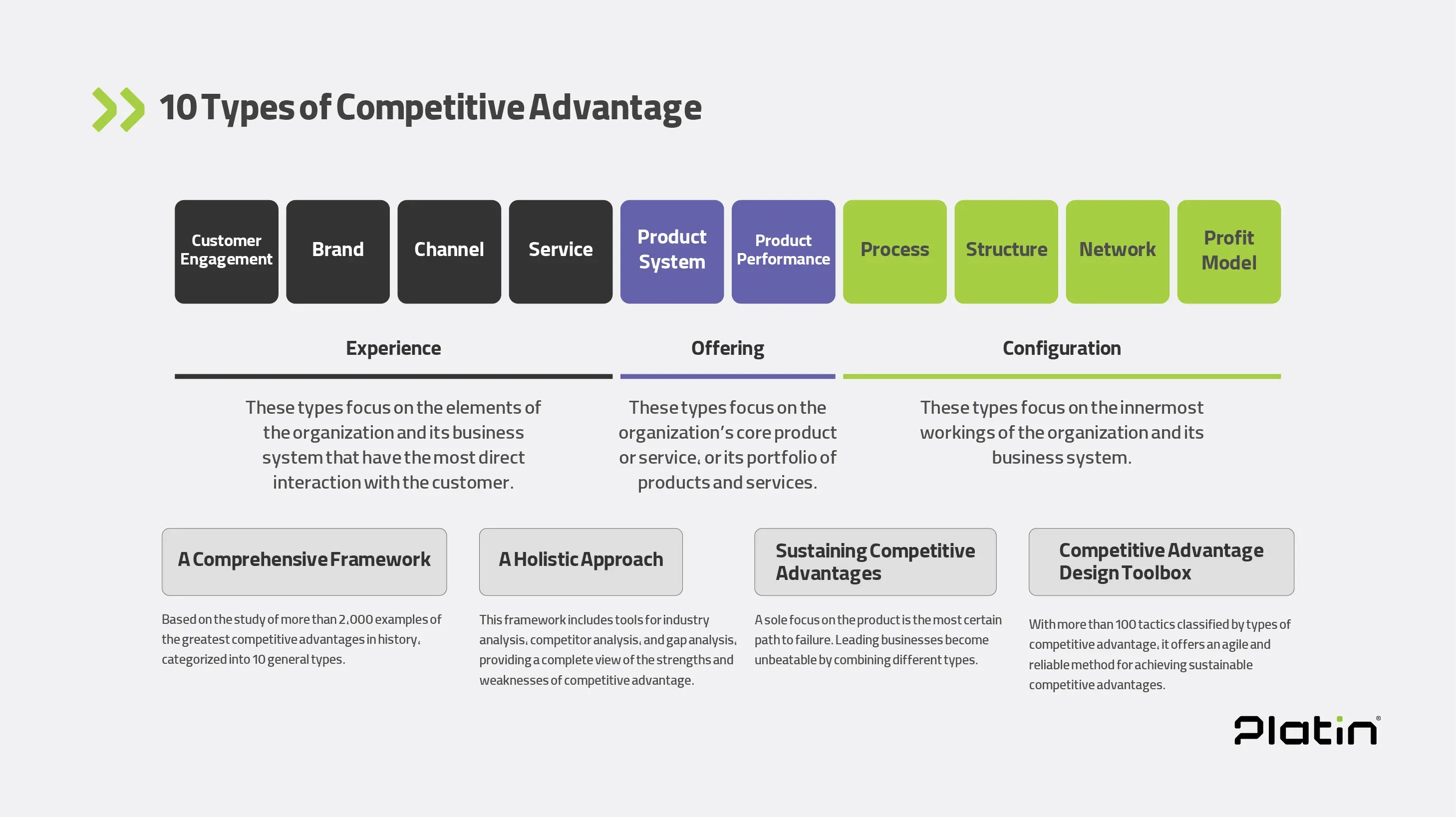
Industry and Competitor Analysis
With the framework established, the next step was analyzing the gold industry and understanding competitor behavior.
Through a detailed study, Platin identified that most competitors were focused on a few limited areas:
- Profit Model: Traditional margins and conventional sales methods.
- Network: Limited internal collaborations within the supply and distribution chain.
- Product Features: Basic standards for producing gold bars.
- Sales Channels: Reliance on traditional and semi-digital channels.
This revealed a clear pattern: while competitors were strong in some areas, there were notable weaknesses or complete gaps in others.
Identified Gaps:
- Services: Limited offerings such as authenticity guarantees or customer support.
- Brand: Few brands had managed to create a distinctive, trust-building image in consumers’ minds.
- Customer Engagement: Minimal efforts in educating, empowering, or involving customers during purchasing and investment processes.
These gaps represented opportunities for Morashin to develop sustainable advantages.
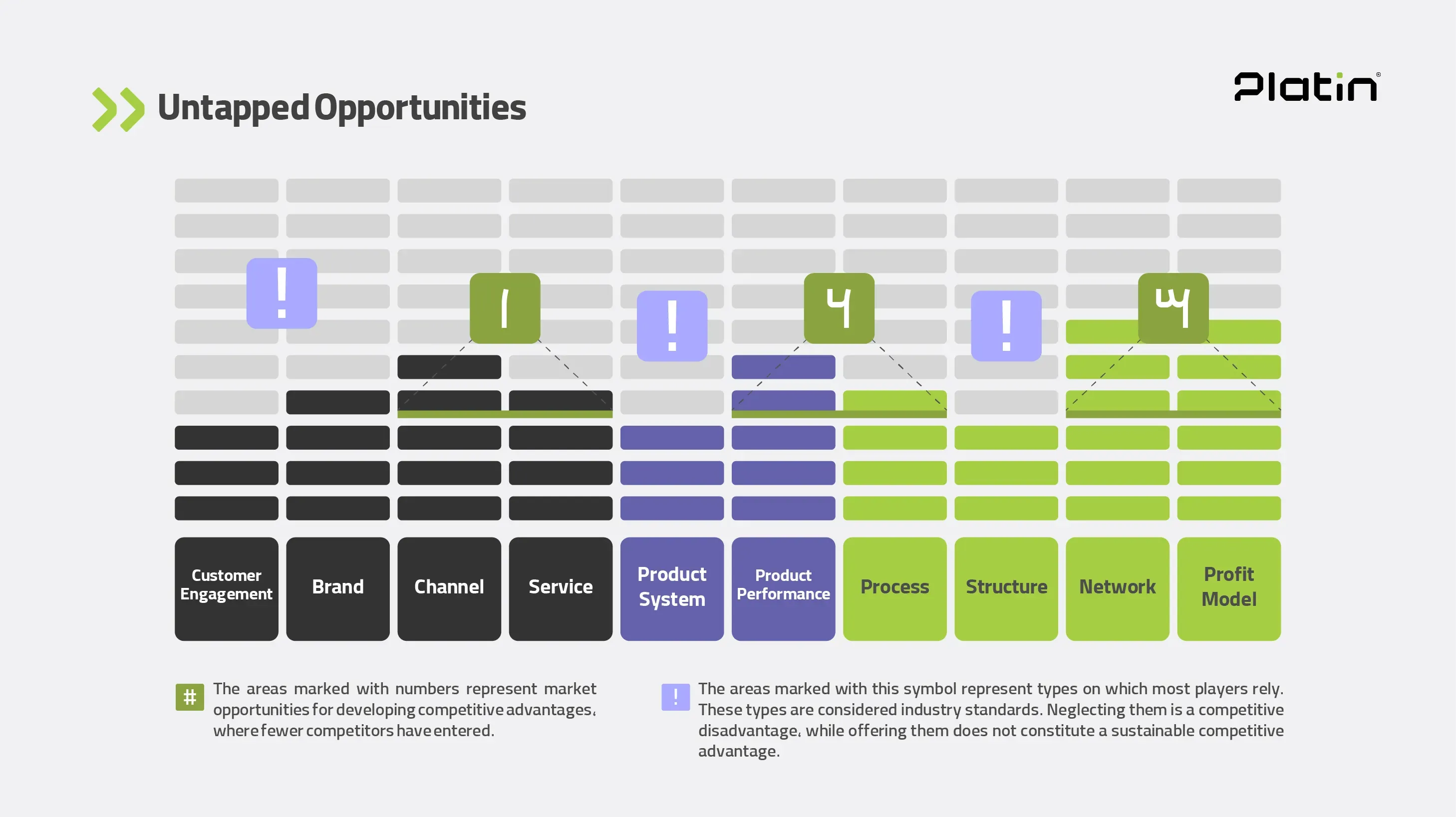
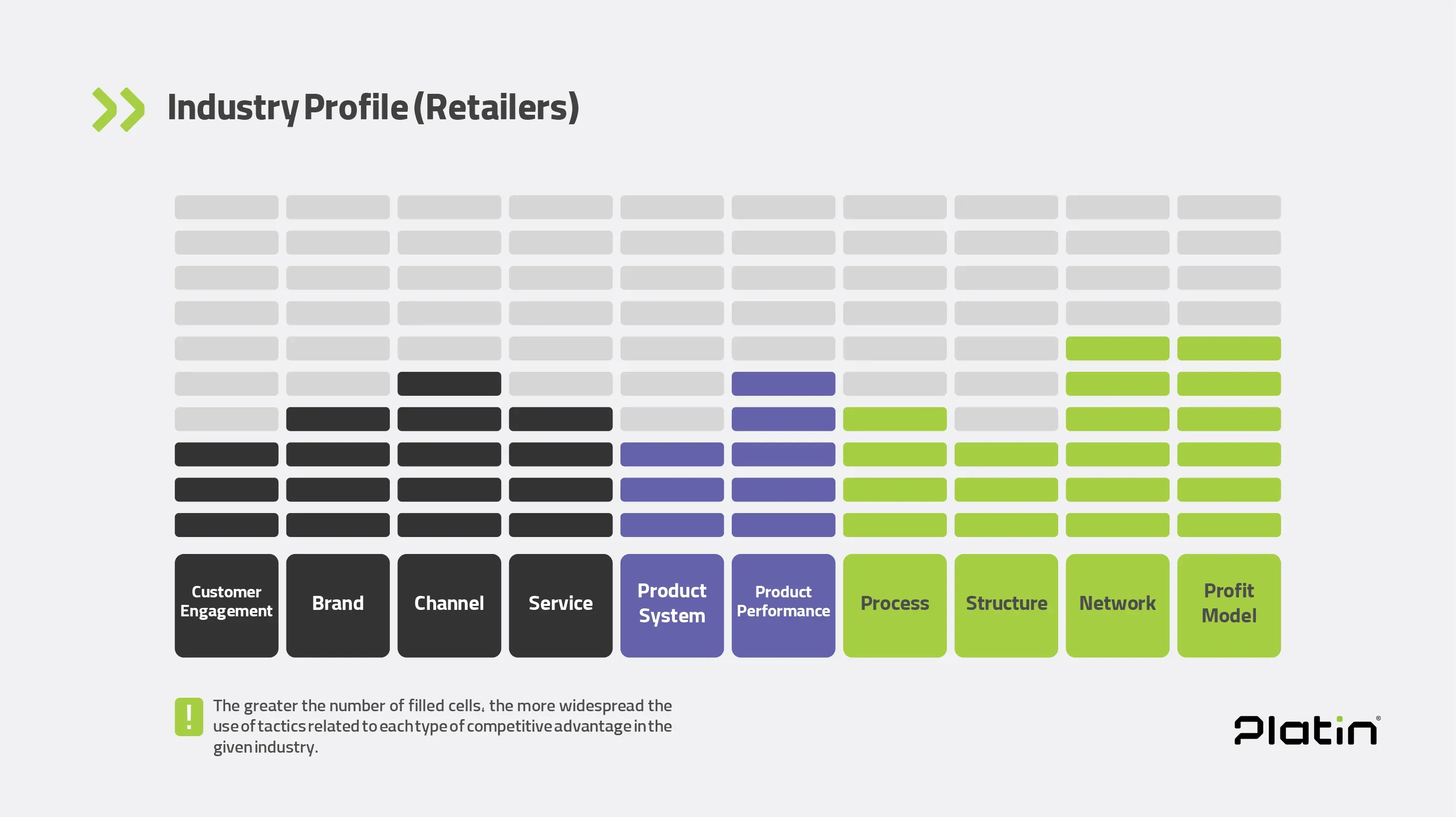
Selecting Focus Areas
Once the gaps were identified, Platin moved to the next step: defining focus areas for Morashin’s strategy. This decision was based on three key factors:
1. Morashin’s Strengths
Morashin already possessed a strong network of relationships within the industry—a valuable asset that could be leveraged as a sustainable advantage.
2. Industry Gaps
As revealed earlier, competitors were largely inactive in areas like services, branding, and customer engagement. These gaps offered opportunities for differentiation.
3. Strategic Decision-Making
Platin combined market data, expert insights, and trend analysis to carefully select a limited number of innovation areas. The goal was not to cover all ten types but to focus on those with the highest potential for long-term impact.
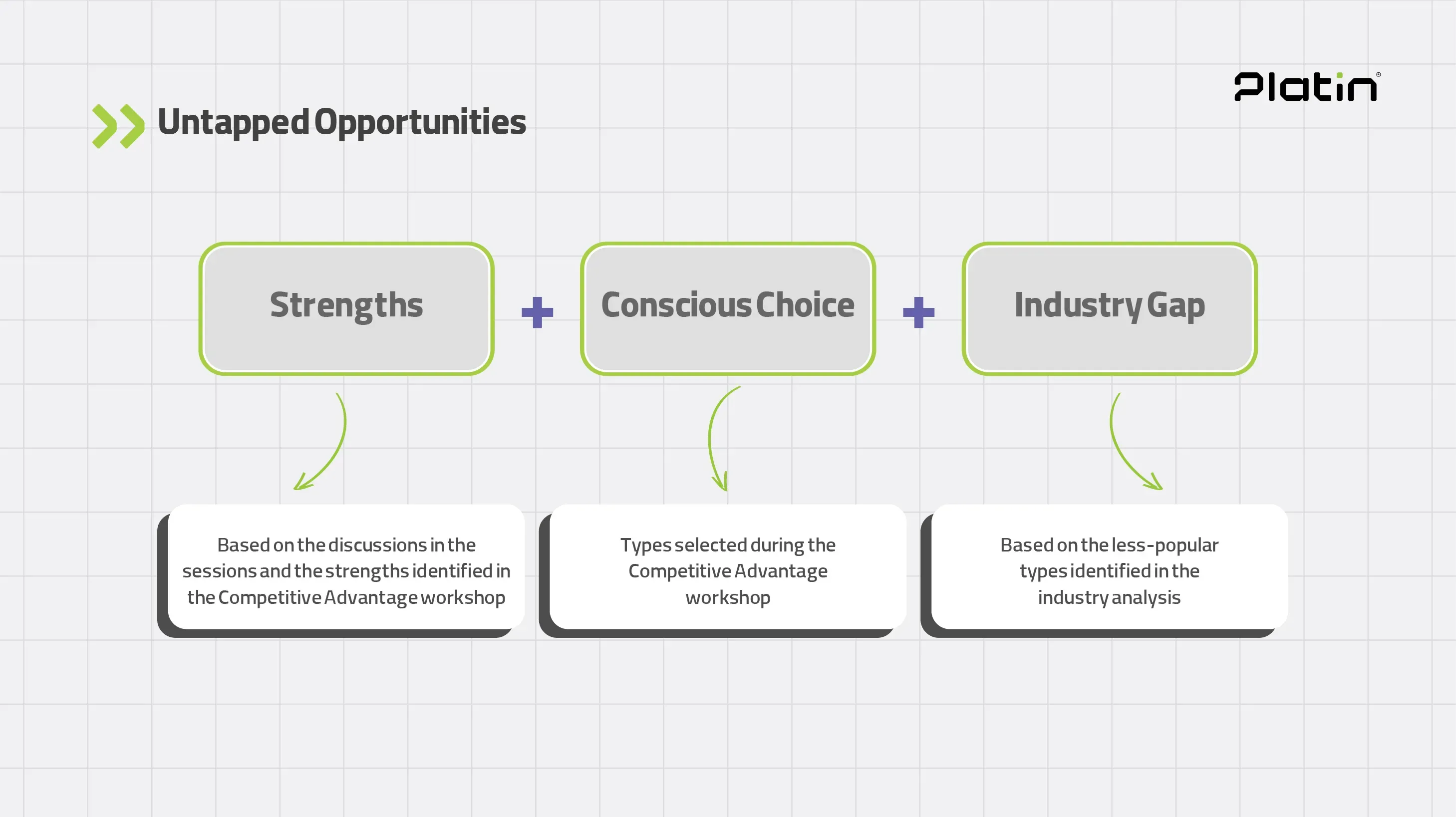
Final Focus Areas for Morashin:
- Network: Strengthening industrial partnerships and alliances.
- Product Performance: Prioritizing quality, security, and unique designs for gold bars.
- Channel: Expanding presence across modern sales channels.
- Customer Engagement: Providing education, transparency, and interactive experiences for customers.
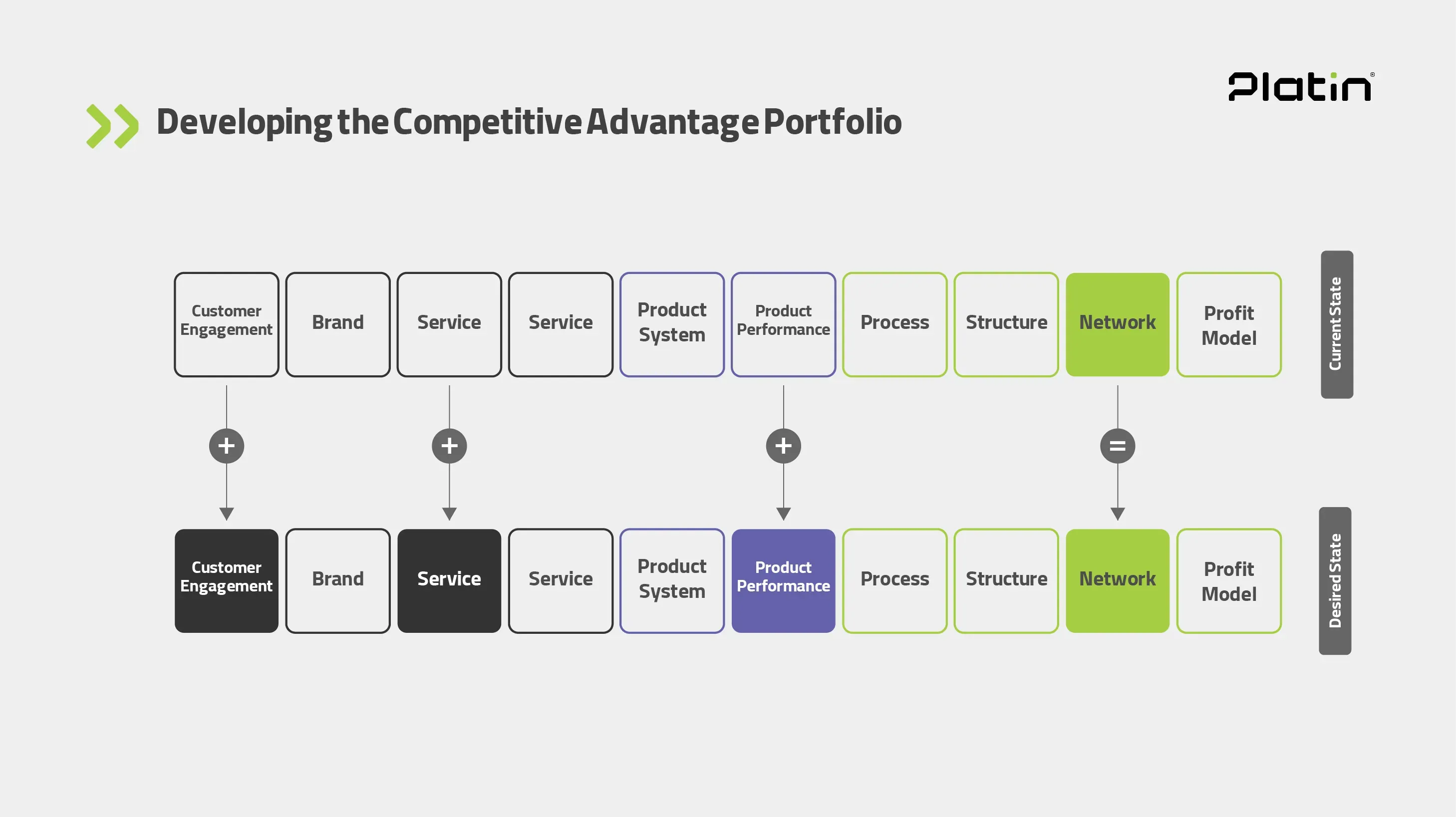 Designed Competitive Advantages for Morashin
Designed Competitive Advantages for Morashin
Based on this analysis, Platin developed a set of competitive advantages tailored to Morashin’s strengths and market opportunities. These advantages not only leveraged the brand’s existing assets but also addressed industry gaps to deliver a distinctive customer experience.
1. Unique and Secure Design
A core pillar of Morashin’s competitive edge was the exclusive design of its gold bars.
This included luxury packaging, a signature brand emblem, and a QR-based security system to reassure customers of product authenticity and integrity.
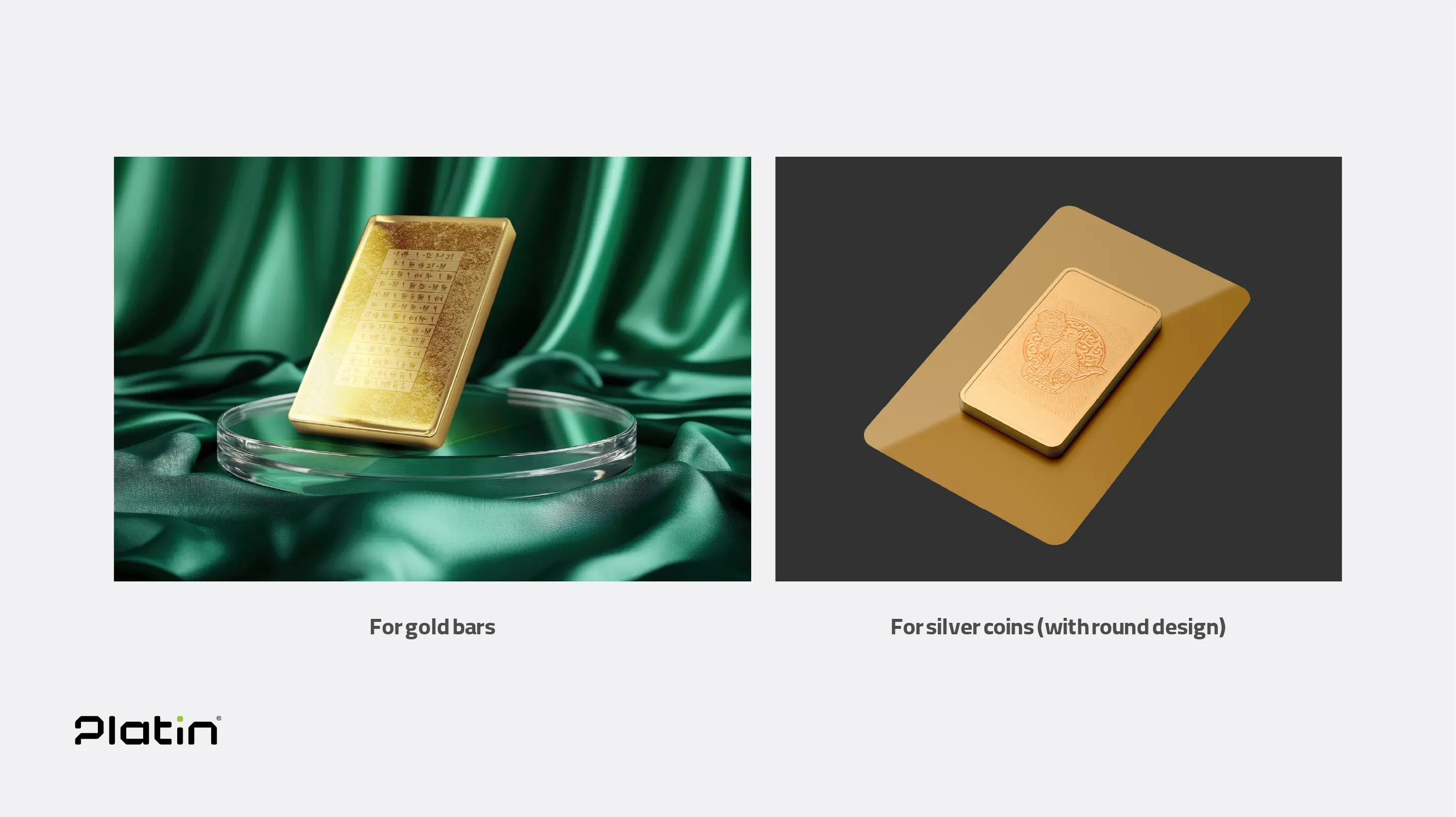
2. Franchise and Dealership System
To expand sales channels, a franchise system was created.
This model included official certifications, partnerships with distributors, and standardized stores to ensure customers receive a consistent and trustworthy experience.
3. Industry Collaboration and Alliances
Leveraging its strong network, Morashin actively pursued collaborations with designers, producers, trade associations, and even banks.
These alliances strengthened the supply chain and enhanced the brand’s credibility.
4. Product Personalization
Morashin introduced customization options, from corporate orders and luxury gifts to personalized engravings and packaging.
This created a premium, one-of-a-kind experience for customers.
5. Collaborative Sales Model
To grow distribution without heavy investment in physical branches, Morashin developed a collaborative sales system.
This enabled individuals to act as sales partners, build their own sub-networks, and benefit from collective credibility—facilitating rapid, network-driven growth.
6. Customer Empowerment
Recognizing a lack of customer knowledge in the gold market, Morashin adopted an educational approach.
This included multimedia educational content, investment guidance, and training on identifying authentic gold products, fostering trust and confidence in purchases.
Summary Table of Six Key Advantages
Competitive Advantage | Brief Description | Customer Value |
| Unique and Secure Design | Luxury packaging + QR security system | Trust and differentiation |
| Franchise and Dealership System | Standardized and scalable sales network | Easy access |
| Industry Collaboration | Partnerships with designers and banks | Strengthened credibility |
| Product Personalization | Custom corporate gifts and engraved products | Premium experience |
| Collaborative Sales Model | Decentralized, incentive-based sales network | Rapid expansion |
| Customer Empowerment | Educational content and investment advice | Increased trust |
Platin’s Role in Morashin’s Growth
Through the Ten Types of Innovation framework, Morashin achieved a diversified portfolio of sustainable competitive advantages.
This mix combined product innovations, structural improvements, and customer experience enhancements to meet market needs while addressing gaps in the industry.
Platin played a pivotal role in this journey—from in-depth industry and competitor analysis to identifying hidden opportunities and designing actionable strategies that became Morashin’s core differentiators.
Six Key Outcomes of the Collaboration:
- Unique and Secure Design
- Franchise and Dealership System
- Industry Collaboration and Alliances
- Product Personalization
- Collaborative Sales Model
- Customer Empowerment
Final Insights
The Morashin case study highlights a critical truth: in a sensitive and competitive market like gold, having a high-quality product is only part of the equation.
What truly sets a brand apart is deep industry understanding, the application of innovation frameworks, and practical, actionable solutions.
By combining these elements, Platin successfully paved Morashin’s path into the market, creating a sustainable portfolio of competitive advantages that build customer trust and strengthen the brand’s long-term position.
Contact Platin for business consultations and to begin your own journey toward sustainable growth.